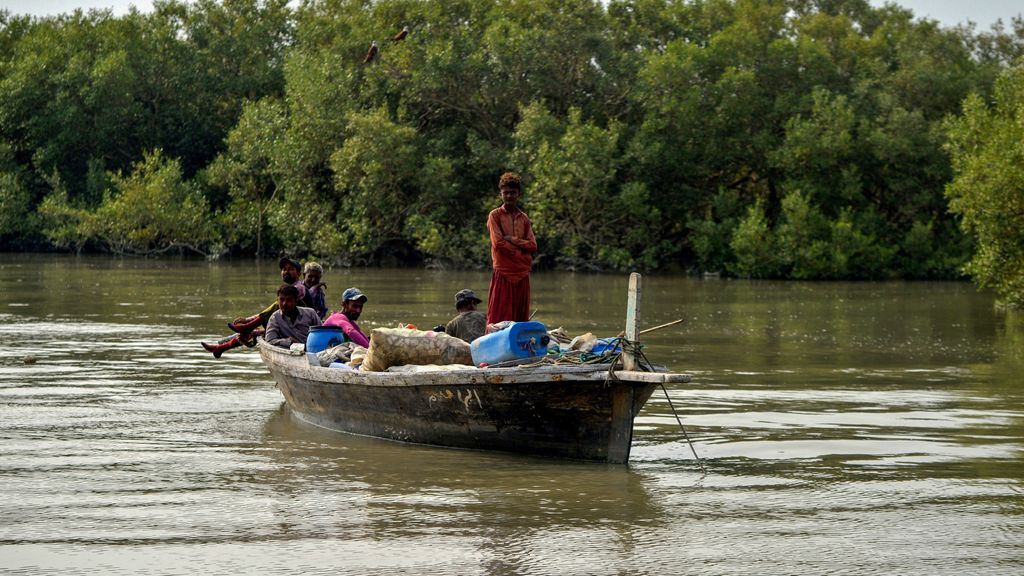
Mangrove forests thrive in Pakistan, except for the huge city of Karachi
France Press agency
NOS . News•
-
Aletta Andre
India Reporter
-
Aletta Andre
India Reporter
Pakistan is one of the countries in the world most vulnerable to climate change. The torrential rains that contributed to major floods this year are a case in point. To arm the coastal areas against this, the country uses a natural resource: mangrove forests. Protection and plantations have made Pakistan one of the few countries in the world that has increased the area of coastal mangrove forests in recent years. Only in the greater city of Karachi is this still a challenge.
“We are protecting the forests, it is our duty, but until everyone helps, it is very difficult,” said Shehzad Gil of the Sindh Province Forestry Department. “There is a lot of development in Karachi. We are trying to convince relevant government agencies and departments to cut down as few trees as possible. Because development is good, but at what cost?”
big success
Overall, mangrove augmentation has been a huge success, Gill says. “We now have three times the area of mangrove forest we had 20 years ago.” Indicates on a map where a new forest has been planted, and where it is planned for in the coming years. “It has to become much more than that. We are pretty much controlling illegal logging. Only in 5 to 7 percent of the forest, near Karachi, is this somewhat problematic.”
It is clear on the beach near the city how vulnerable Karachi is. The waves are high and right on the beach are towers, offices and shops. “Up until the 1980s, these were all mangrove forests,” says climate journalist Afia Salam.
She points from the car to the town between the sea and the road we’re on, toward a hotel overlooking a patch of mangrove forest visible from the town. “Wherever you have a growing population, there is pressure on natural resources,” she says.
She explained that it’s not just logging that is destroying mangrove forests. Since Karachi’s natural drainage canals have largely been turned into open sewers, much of the dirty water flows into the sea. “This also kills trees.”
Salam, like Gil, says that only the mangrove forests in Karachi are struggling. “Once you’re out of town, you’ll definitely see it thrive,” she says. Gill explains that forest managers work with local communities to combat illegal logging and manage farms. “We explain to those communities that if there were no mangroves, they themselves would be the first victims of a tsunami or storm surge.”
first line of defense
Mangroves are also referred to as the first line of defense against climate change. They protect coastal areas from rising sea levels and harsh weather such as hurricanes. They can also store carbon dioxide better than other trees, which in turn can help fight global warming.
From most places in Karachi, mangrove forests are nowhere to be seen. However, there is such a defensive line on the south side of the city. When we sail with Mehran Ali Shah’s fishing boat, they get closer and closer. On a seven-kilometer boat trip from the city, he showed a group of islands completely covered in trees.
The islands are located off the coast of the fishing village where he grew up. His father was a well-known fishermen’s rights activist who passed away a few years ago. Now Mehran is committed to preserving mangrove forests.
“We are very concerned about the situation because you can see that on the Karachi side where there are no mangroves there are very high waves. We cannot get there with our boat. That is why we are very worried about the fishermen, Karachi of Sindh province and our livelihood.”

“Pop culture enthusiast. Unable to type with boxing gloves on. Analyst. Student. Explorer.”
